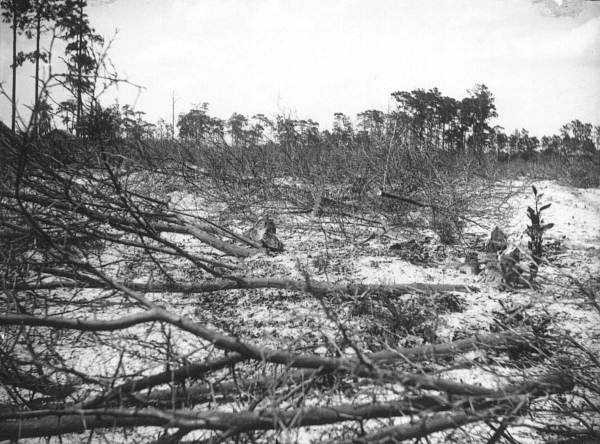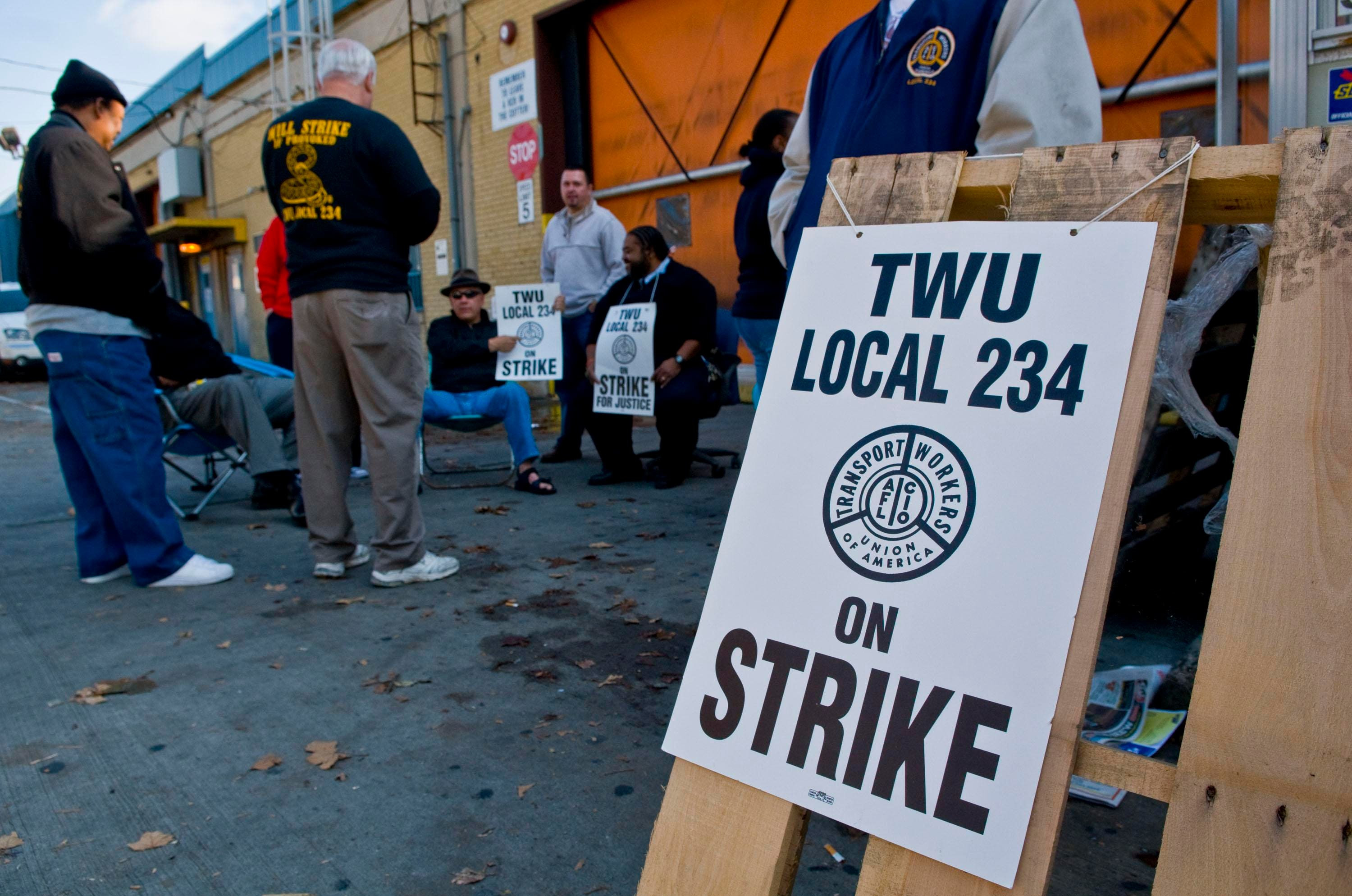Pensacola's Unprecedented Snowstorm: A Record-Breaking Blizzard
The Florida Panhandle, a region not typically associated with significant winter weather, experienced a historic event on Tuesday, January 21, 2025. Pensacola and surrounding areas awoke to subfreezing temperatures for the second consecutive day, as a major winter storm brought heavy snowfall, exceeding all previous records.
The National Weather Service issued a winter storm warning, initially predicting 2 to 4 inches of snow accumulation, later updating it to a staggering 4 to 6 inches across most of the warning area, with some areas reporting even higher totals. This intense snowfall quickly overwhelmed the region’s infrastructure, causing widespread travel disruptions and safety concerns.
Roads Closed, Bridges Impassable
The impact on transportation was immediate and severe. Roads in Escambia and Santa Rosa counties rapidly deteriorated, becoming impassable in many areas. I-10, a major interstate highway, was completely closed from mile marker 5 to mile marker 70 due to hazardous conditions. Numerous other roads and bridges, including the Barrancas Avenue Bayou Chico Bridge and the Gen. Daniel "Chappie" James, Jr. Bridge, were closed due to snow accumulation and ice formation. Numerous accidents were reported, exacerbating the already chaotic traffic situation.
The Impact on Transportation: I-10 Closure and Beyond
The closure of I-10, a critical artery for the region's transportation, created significant challenges for commuters and emergency services. Escambia County officials emphasized the need for only essential vehicles to remain on the roads, urging residents to stay home unless absolutely necessary. Emergency services response times were significantly impacted by the hazardous conditions, highlighting the need for public cooperation in complying with travel restrictions. The closures extended beyond I-10, with several other bridges and county roads being rendered impassable.
Record-Breaking Snowfall
The snowfall in Pensacola shattered the previous record of 3 inches, set in 1895, by a significant margin. By 5:30 p.m., the National Weather Service reported 5 inches of snow at the Pensacola airport, and unofficial reports indicated even higher totals of 6.5 to 7.5 inches in nearby areas. The unprecedented snowfall resulted in the closure of numerous roads and bridges, with emergency services struggling to keep up with the demand.
Unprecedented Snow Accumulation: Breaking Historical Records
The scale of the snowfall was truly remarkable. Unofficial reports from Escambia County suggested snowfall totals exceeding 5.5 inches, far surpassing the previous record. Meteorologist David Eversole from the National Weather Service stated that breaking the all-time record was highly probable, though official confirmation depended on reports from trained volunteer observers.
Emergency Response and Community Resilience
Emergency services were stretched thin, dealing with road closures, accidents, and the challenging conditions. Local officials issued repeated warnings to stay off the roads. Emergency shelters opened their doors, including the Waterfront Mission, which reported exceeding its capacity. The community showed remarkable resilience, with residents rushing to stock up on supplies before the storm hit, and many expressing a mixture of concern and unexpected joy at the sight of snow.
Emergency Shelters and Community Support: Facing the Unprecedented
The Waterfront Mission played a crucial role, providing shelter for a record number of people. Donations of food, toiletries, and other necessities poured in as the community rallied together to support those in need. While many expressed concern over the safety aspects, the novelty of seeing snow in such an unusual location also brought a measure of joy and excitement. This resilience underscores the spirit of the community during times of unprecedented challenges.
The Aftermath and Long-Term Impacts
As the snow began to taper off in the evening, the focus shifted to the aftermath. The cold temperatures, expected to remain below freezing for several days, presented a new set of challenges. The potential for widespread power outages due to ice buildup remained a serious concern. The long-term impacts on the region's infrastructure and economy were uncertain, but it was clear that Pensacola would be dealing with the effects of this historic blizzard for days, even weeks to come. The cleanup process will be slow, and the risk of icy roads and slick spots will remain for several days. The impact on businesses and individuals may be substantial.
Recovery and Resilience: Looking Ahead
The long-term effects of this unprecedented snowstorm will be felt for days, possibly weeks. The recovery efforts will be challenging, especially given the sustained cold temperatures that will further impede progress. The focus will shift to clearing roads and restoring essential services while ensuring the safety and well-being of the affected communities. The true extent of the economic impact and disruption will emerge in the days and weeks ahead.
The experience of this rare and intense winter storm will undoubtedly leave a lasting impact on the collective memory of Pensacola and the surrounding areas. The event served as a reminder of the region's vulnerability to extreme weather events and highlights the need for preparedness and adaptability in the face of such unexpected challenges. The scale of the snowfall and the response to it, will serve as a case study for emergency management in the future.

















